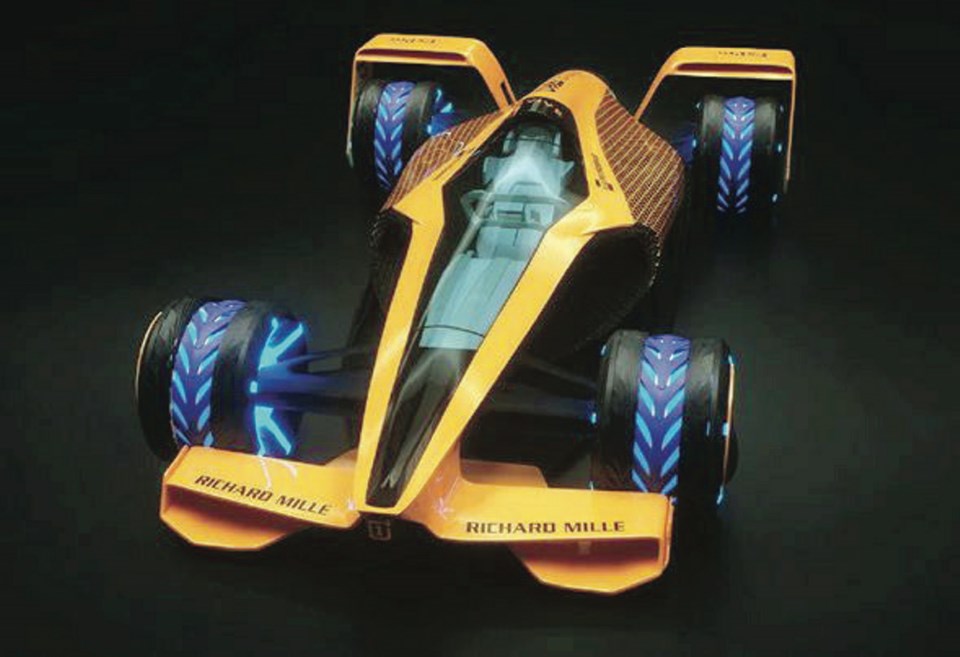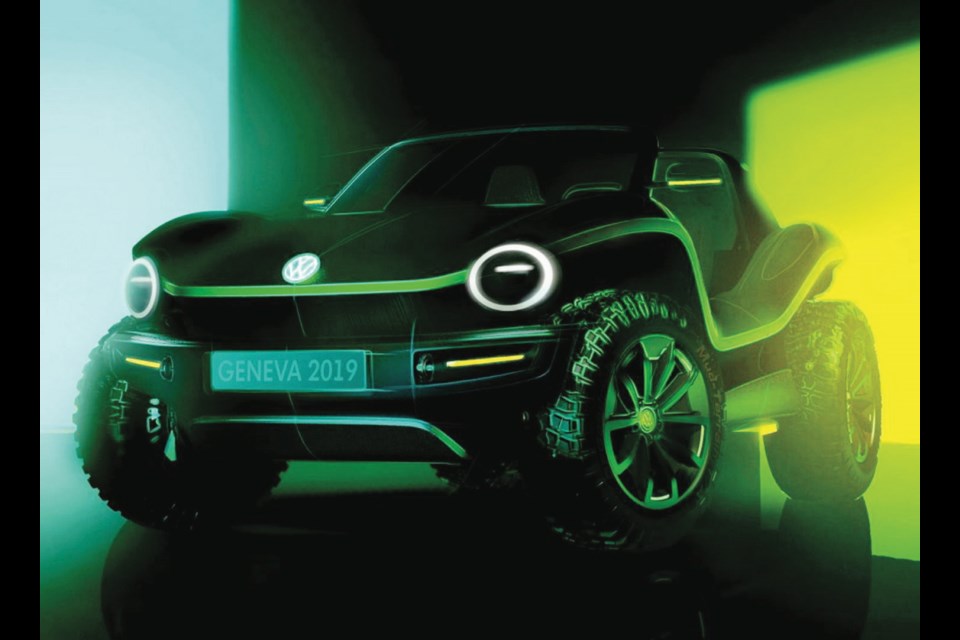Taking its cues from the classic American dune buggies of the 1960s and ‘70s, Volkswagen said it would unveil an electric buggy at the Geneva Motor Show in Switzerland in March. Based on VW’s modular MEB electric drive platform, it’s a “modern, non-retro interpretation of a classic design,” said Klaus Bischoff, VW’s head designer. True to original style, the MEB buggy — which so far doesn’t seem to have a name — has no fixed roof or conventional doors. Bischoff said the vehicle shows the automaker’s modular electric platform is versatile and can be used for more than just large-scale series production. “Like the Beetle chassis of yesteryear, the modular electric-drive matrix has the potential to facilitate the development of low-volume niche series.”
EV profitability looms, says GM CEO Barra
Electric vehicles could be profitable for General Motors as soon as the early 2020s, said GM CEO Mary Barra. On a conference call with analysts on Feb. 6, she said the automaker has struck a battery-development-program deal with Honda and through its strong relationship with China, a major global producer of batteries, “I think we’re in a good position, driving our cell costs down.” She said GM is committed to an all-electric vehicle future. Alternative-vehicle website Green Car Reports notes that in 2017, Barra said the advent of electric, autonomous-vehicle technology and a new model for mobility represents “the biggest business opportunity since the creation of the internet.”
Teams turn airborne CO2 into energy
A system that takes carbon dioxide from the atmosphere and uses it to create hydrogen has been developed, claim scientists in the United States and South Korea. Researchers at Ulsan National Institute of Science and Technology and Georgia Tech say injecting CO2 into an organic electrolyte battery joined to another aqueous electrolyte battery turns the organic solution acidic, generating electricity that produces hydrogen through a reaction between the two electrolytes. Publishing in the journal iScience, they reported in late January a 50 per cent CO2 conversion rate, with the system having run more than 1,000 hours without deterioration. The CO2 not used isn’t released back into the atmosphere but is recovered in the form of baking soda.
Employee innovation makes Audi ‘more efficient through ingenuity’
Luxury and performance brand Audi says in 2018 it saved the equivalent of $125 million US through implementing employee ideas for increased efficiency and improvement. The automaker reports that, last year, employees submitted more than 25,000 ideas, and the company implemented about half of them. Audi said it saved $125 million US at its Ingolstadt and Neckarsulm factories in Germany, more than $9 million of which was returned to the employees in the form of bonuses. Audi has had an employee suggestion program for 50 years, and not just in its Germany-based plants: Employee ideas at Gyr in Hungary and Brussels in Belgium saved $38.5 million US in 2018.
BMW’s top-line limo gets plug-in-hybrid options
The company’s flagship 7 series will offer two plug-in hybrid options with up to 60 kilometres of electric-only range when the new sedan goes on sale in spring. The difference between the BMW 745e and the 745Le xDrive is that the latter offers BMW’s own version of intelligent all-wheel-drive. The 745e’s propulsion system mates a 268-horsepower 3.0-litre combustion engine with a 113-horsepower electric motor. Total power output of 394 horsepower gives it “sports car-like acceleration” in addition to improved numbers for electric range, fuel consumption and carbon-dioxide emissions. The system has “intelligent energy management” for precisely controlled interaction between the two power units.
Shift points

• Can Formula One survive as the world’s highest-achieving level of racing in a time of electrification and artificial intelligence? British racing company McLaren says yes with its vision of a 2050 F1 car: quicker, faster and all-electric with adaptable aerodynamics, and its human driver assisted by myriad artificial-intelligence applications.
• French firm Stanley Robotics is testing its Stan robot vehicle parking system at Gatwick airport south of London, England. Travellers park at a specific location and leave the vehicle; a robot then literally lifts the car and carries it to a secure location, retrieving it automatically when the traveller returns home.
• Tesla’s factory hometown of Fremont, California, has added a modified Model S sedan to its fleet of patrol cars. Purchased for $61,500 US, reports technology-focused website Quartz, the Fremont police department expects to save about $50,000 US over five years in fuel and maintenance costs.



